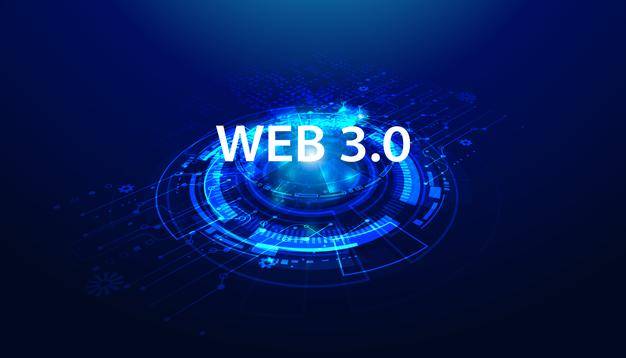Understand Web 3.0 – The Evolution Of Futuristic Technology On The Internet


We live in an era where digitalization is highly impacting people and businesses by getting more advanced and futuristic. The evolution of the world wide web is getting interesting and more personalized, which makes businesses and people one step forward. The web internet had changed significantly since the launching of web 1.0 in 1994, when the internet had read-only information with less or no interactive interfaces like a Wikipedia page.
After a few years, in 2004, due to the advancement of web technologies like HTML, CSS3, JavaScript, etc., web 2.0 arrived and made interaction and content more interactive. Now, the evolution comes in the form of Web 3.0 – which is actually transforming the world to the next level.
Let’s get an in-depth understanding of the evolution of web 2.0 and web 3.0 to know why it is considered a great change for us.

An Interactive Yet Data-Oriented technology – Web 2.0
Web 2.0 launched in 2004, and it changed the way of interaction by transforming static pages into dynamic pages and making use of user-generated content. Web 2.0 also helped to scrap out any information and data from any web platform.
As users, we unintentionally provide data in the form of liking and disliking internet content that is ultimately saved in cookies. This data and information sell out to the companies like Amazon, Alibaba, Walmart, or any companies that use data in advertising and pitching prospects in real-time. And that is how you can see relevant ads of interest in your feed.
Some critics have arsed regarding the lack of privacy, such as selling data with untrusted companies can harm the community. Also, anyone can generate content and has full access to post it, which raises the risk of Information Overload and Reliability.
Web 3.0 – Recent Evolution of The Internet
The major change in Web 2.0 that restructured and introduced in the form of Web 3.0. Web 3.0 will bring significant advancement in sharing information online with the help of futuristic technology such as Artificial Intelligence and Machine Learning, Blockchain, IoT, etc. Now the web experience is personalized for individuals by accessing data like a human. Web 3.0 is also called semantic learning, as it has the ability to learn data in a human-like manner.
Generally, web 3.0, or the 3rd generation of the internet, focuses on decentralization and semantic learning. In this regard, user can only share their relevant choices and a good step toward an open, trusting, and permissionless network. There are four key features of web 3.0.
Decentralization
In Web 2.0, computers use HTTP in the form of unique web addresses to look up information stored at a fixed location, often on a single server. With Web 3.0, information can be retrieved based on its content rather than a single place, leading to decentralized data storage. Tearing down the massive datasets that internet behemoths like Meta and Google now keep would offer people greater control.
Trustness & Permissionless
Web 3.0 introduces trust and permissionless interaction between participants and the web. Now there is no intermediary force that needs to be indulged in your data sharing. This would provide data on web servers without the need for trust. Moreover, you can access any data of your choice without accepting any cookies. It is just a trusted bond between you and the web.

Artificial Intelligent & Machine Learning
With faster and more effective outcomes, AI may assist computers and other technology in understanding information, much like regular humans. The properties of web 3.0 with AI would have significant advantages over dishonest human-based methods like falsified data or selective product evaluations.
Web3 would also employ user input as a crucial tool for encouraging the web to provide accurate information. The web may be able to distinguish between false and real content thanks to AI features. With semantic learning, now web 3.0 can perceive information in multiple ways, such as I Like ???? or I like mangoes. The perceiving information may help you to get relevant content regarding mangoes.
Read More: Artificial Intelligence technology in Medical & Healthcare
Connectivity and ubiquity
Web 3.0 will be distinguished from its predecessors by interaction and connectedness. Thanks to semantic metadata, data and information will be more linked than ever. The Internet of Things (IoT) represents the pinnacle of connectivity; consumers may access data from several apps anytime and place, increasing user engagement.
We won’t be confined to laptops, PCs, and smartphones any more thanks to information accessibility and the internet; instead, we’ll have access to increasingly sophisticated smart gadgets like the Internet of Things (IoT).
Read More:
Bottom line
Web 3.0 is not ending here; it is just a piece of initial learning about how futuristic technology such as AI, ML, IoT, and blockchain are participating in building the third internet generation. Connect with us to learn more about Web 3.0, and we will bring some additional information about benefits, its associated applications, and much more.



